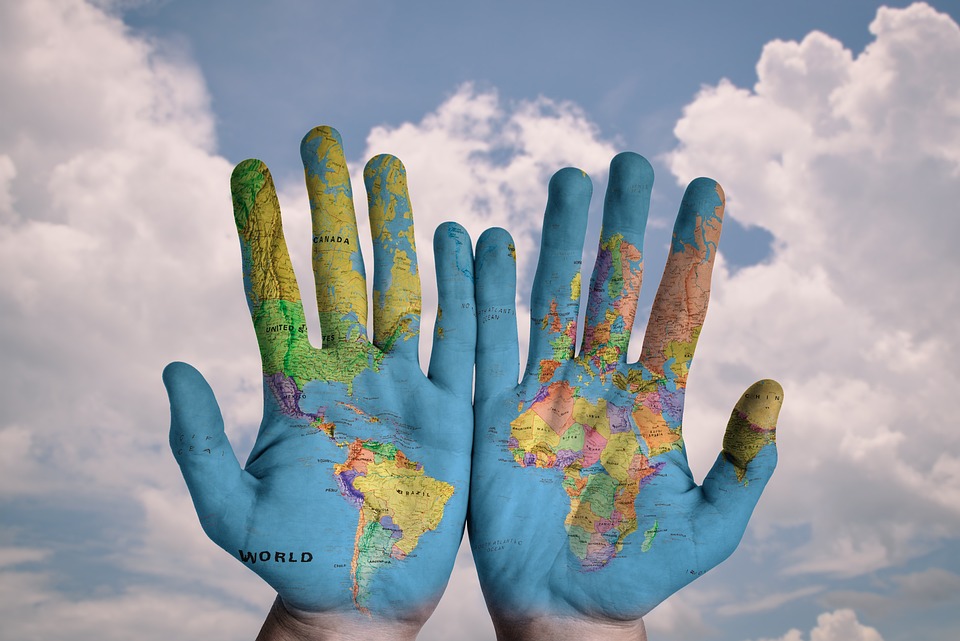Understanding the Link Between Global Warming and Droughts
Introduction
Global warming, primarily driven by human activities such as fossil fuel combustion and deforestation, is causing significant environmental changes. Among its various impacts, droughts have emerged as a critical concern, affecting ecosystems, agriculture, and human communities. Understanding the connection between global warming and droughts is vital for developing climate resilience strategies.
What is a Drought?
A drought is defined as an extended period of below-average precipitation, leading to water scarcity. There are several types of droughts:
– Meteorological Drought: A deficiency in precipitation relative to the average.
– Agricultural Drought: Insufficient moisture for crop production.
– Hydrological Drought: Reduced water levels in rivers, lakes, and reservoirs.
– Socioeconomic Drought: Water shortages that impact economic activities and livelihoods.
Droughts can severely impact ecosystems, agriculture, and human health by reducing water availability, damaging crops, and increasing food insecurity.
The Link Between Global Warming and Droughts
Global warming increases average temperatures worldwide, which has several direct effects on drought conditions:
– Increased Evaporation: Higher temperatures lead to greater evaporation from soil, rivers, lakes, and plants. This process dries out soils more quickly, exacerbating drought conditions[1][4].
– Drier Soils and Reduced Water Supplies: As evaporation increases, soil moisture decreases. This reduction in moisture not only affects crops but also diminishes surface water and groundwater levels[4][8].
Increased Evaporation and Reduced Soil Moisture
Warmer temperatures significantly enhance evaporation rates. This leads to:
– Lower Soil Moisture Levels: Dry soils struggle to support plant life, making it difficult for ecosystems and crops to retain necessary water[6][7].
– Flash Droughts: These are short-term but severe drought conditions that can develop rapidly due to persistent high evaporation rates[4].
Changing Precipitation Patterns
Global warming disrupts traditional precipitation cycles:
– Irregular Rainfall: Some regions experience less frequent rainfall while others may face intense storms. Warmer air can hold more moisture, leading to heavy rainfall events interspersed with prolonged dry spells[1][2].
– Regional Shifts: Areas like the American Southwest and parts of Africa have seen significant shifts in rainfall patterns, increasing their vulnerability to drought[8].
The Role of Heatwaves in Intensifying Droughts
Heatwaves are becoming more frequent and intense due to climate change. They contribute to drought conditions by:
– Increasing Water Demand: Higher temperatures lead to increased evaporation from both soil and plants, raising the demand for water during periods of low supply[1][4].
– Worsening Existing Drought Conditions: For instance, recent heatwaves in regions like East Africa have intensified ongoing droughts, leading to severe food insecurity[2][4].
Impact on Natural Water Storage Systems
Rising temperatures affect natural water storage systems:
– Reduced Snowpack Levels: Warmer winters result in less snow accumulation. This reduces snowmelt during warmer months when water is most needed for irrigation and drinking[2][7].
– Earlier Snowmelt: Changes in snowmelt timing can lead to mismatches between water supply and demand during critical growing seasons[6][8].
Examples of Drought-Prone Regions Affected by Global Warming
Several regions are experiencing intensified drought risks due to climate change:
– American Southwest: Prolonged drought conditions have become more frequent due to rising temperatures and changing precipitation patterns.
– Australia: Increased frequency of droughts has severely impacted agriculture and water availability.
– Parts of Africa: Countries like Somalia have faced extreme drought conditions exacerbated by climate change, leading to significant humanitarian crises[2][5][8].
FAQs
– Why does global warming lead to less rainfall in some areas?
Global warming alters atmospheric circulation patterns, which can lead to decreased precipitation in certain regions while increasing it in others.
– How does drought affect agriculture and food production?
Drought reduces crop yields and livestock health due to insufficient water supply, leading to food insecurity.
– What are flash droughts?
Flash droughts are rapid-onset drought conditions caused by extreme heat and high evaporation rates.
– Are there regions becoming more drought-prone due to climate change?
Yes, regions such as the American Southwest, Australia, and parts of Africa are increasingly vulnerable to prolonged drought conditions.
– Can droughts caused by global warming be reversed?
While reversing existing drought conditions is challenging, implementing sustainable water management practices can mitigate their impacts.
– What are some ways to prepare for and mitigate droughts?
Strategies include improving water conservation practices, investing in irrigation technology, restoring natural ecosystems that support water retention, and promoting climate-resilient agricultural practices.
Conclusion
Global warming significantly contributes to increased evaporation rates, altered precipitation patterns, and intensified drought conditions. To build resilience against these challenges, it is essential for communities—especially those in vulnerable regions—to adopt effective climate adaptation strategies focused on sustainable water management and conservation efforts. Understanding the relationship between global warming and water resources is crucial for mitigating future impacts on ecosystems and human livelihoods.

Kyle Whyte is a notable scholar and professor at the University of Michigan, holding positions such as the George Willis Pack Professor in the School for Environment and Sustainability and Professor of Philosophy. Specializing in environmental justice, his work critically examines climate policy and Indigenous peoples’ ethics, emphasizing the nexus between cooperative scientific endeavors and Indigenous justice. As an enrolled Citizen Potawatomi Nation member, he brings a vital perspective to his roles as a U.S. Science Envoy and member of the White House Environmental Justice Advisory Council. His influential research is supported by various prestigious organizations including the National Science Foundation, and disseminated through publications in high-impact journals. Kyle actively contributes to global Indigenous research methodologies and education, with affiliations to numerous institutes and societies dedicated to traditional knowledge and sustainability. Recognized for his academic and community engagement, Kyle has earned multiple awards and served in various visiting professorships. His efforts extend to leadership positions on boards and committees focused on environmental justice nationwide.
